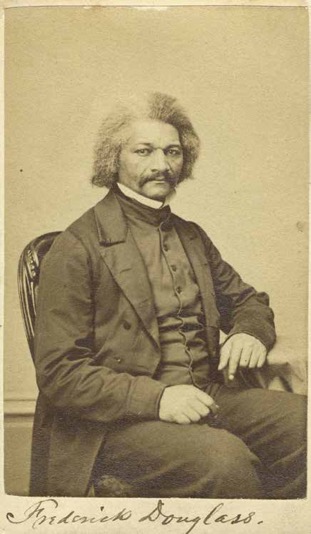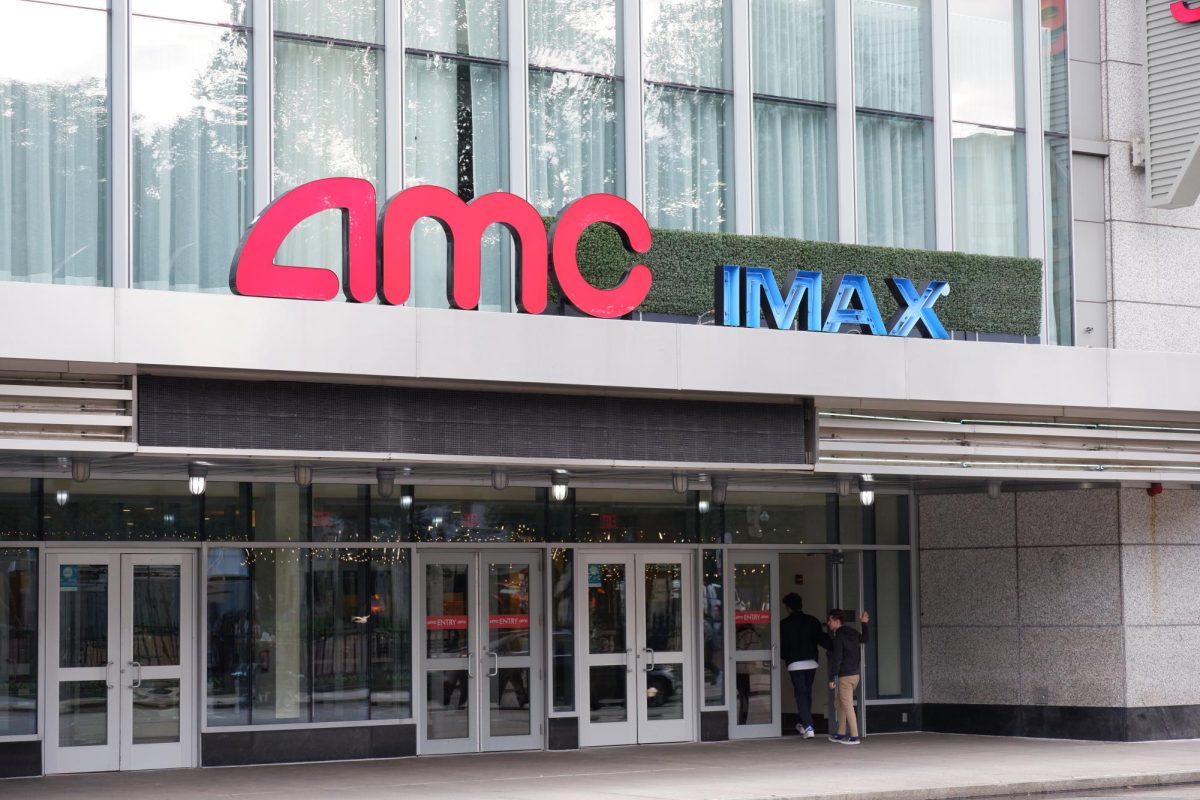By Kiri Coakley, news correspondent
A new exhibit at the Museum of African-American History, “Picturing Frederick Douglass: The Most Photographed American of the 19th Century,” showcases the charismatic abolitionist, orator and social reformer of the 1800s through a mixture of remastered and enlarged photographs and accompanying text.
The museum, housed largely within the first African American Meeting House and the Abiel Smith School on Boston’s Beacon Hill, has been a symbol of pride for the black community since its construction in 1806. The surrounding neighborhood was the heart of black leadership in Antebellum America, which provides a historical framework for the Douglass exhibit. The book “Frederick Douglass: Revolutionizing Race and Photography” by John Stouffer, Zoe Trodd and Celeste-Marie Bernier is the basis for the new exhibit.
“When determining the potential for this exhibit we looked at this place and why this museum would invest in that book and its presentation of Frederick Douglass,” said L’Merchie Frazier, the museum’s director of education and interpretation. “More than anything, raising questions is a part of why an exhibit exists.”
Frazier, who is also an artist in the African American Artist-in-Residence Program at Northeastern University and a member of the three-person curatorial team for the Douglass exhibit, expanded upon the questions raised when curating an exhibit such as this.
“What does that mean in this context of this particular place, this African Meeting House where [Douglass] spoke? This school where he was present? This community, which he honors as one of the most intellectually alive abolitionist communities?” she asked.
The authors of the book that inspired the exhibit revealed that Douglass was the most photographed American of the century, surpassing President Abraham Lincoln and poet Walt Whitman.
“Douglass speaks to us today because he realized the power of photography, the power of the camera in being able to break down racial barriers,” Stouffer said. “He recognized the extent to which art, whether as a speaker or as a writer or as an image maker, was one of the most effective weapons in breaking down racial barriers. In fact, in one of his speeches he said that true art, more than law, more than politics, is the most effective way of transforming society.”
The curators of the exhibit want visitors to appreciate the photographs as art within the perspectives of the times both then and now, Stouffer said.
“Douglass recognized that by presenting himself to the public in the immaculate dress that he has on in photographs, staring down defiantly, majestic in his wrath, along with speaking so eloquently and writing so beautifully, was one of the most effective ways of convincing naysayers that as an African American he had at least as much, if not more, right to due citizenship and the equal rights that citizenship entails as any white man and that continues to resonate today,” Dr. Stouffer said.
The exhibit evokes parallels between Douglass’ America and our present time, particularly with the Black Lives Matter movement and the recent police shooting of Alton Sterling, a 37-year-old black man, in Baton Rouge, Louisiana.
“When I saw the video of [Sterling] in Baton Rouge being executed, I thought that it is hard not to be absolutely outraged by defenseless victims being killed,” Stouffer said. “As humans we identify with someone else being dehumanized. And that is, for most normal people, something that is shocking and lifts us off our feet to move for equality.”
Karilyn Crocket, director of economic policy and research for the city of Boston, also drew parallels between the abolitionist movement that Douglass fronted and the civil rights movement of today.
“I think Douglass’ commitment to challenge the limitations of the nation is still relevant […] in the sense that we are all connected as a multiracial, multinational community,” Crocket said. “Somehow we have become so committed to protecting our boundary lines […] despite that our humanity can never be contained by structures that are so simplistic [as race or gender]. Douglass warns us of the conceits of these social limitations.”
“Picturing Frederick Douglass: The Most Photographed American of the 19th Century” will be on display at the Museum of African-American History from July 15, 2016 until July 17, 2017.
Photo courtesy Greg French via Autumn Cole, Museum of African-American History









